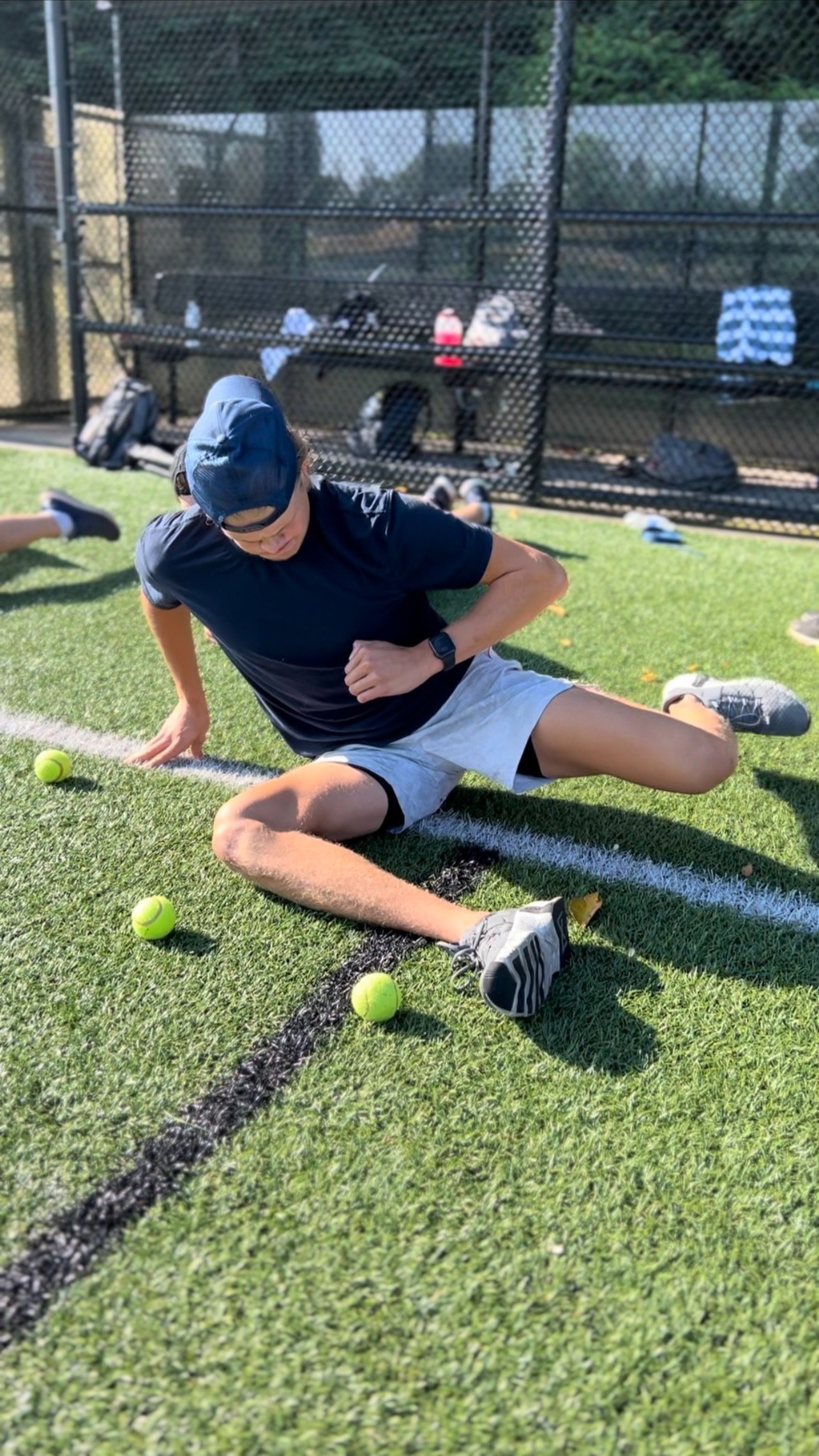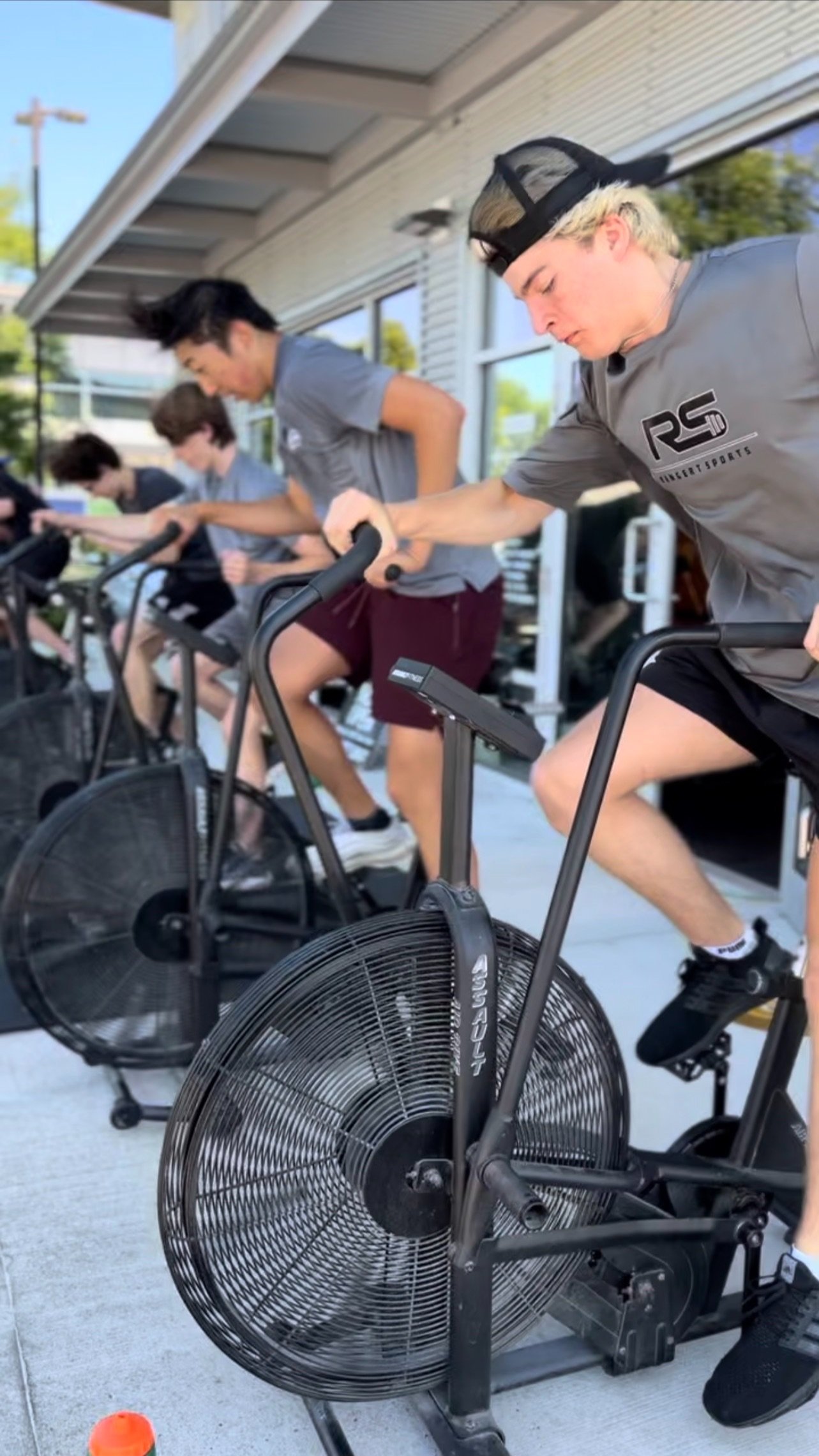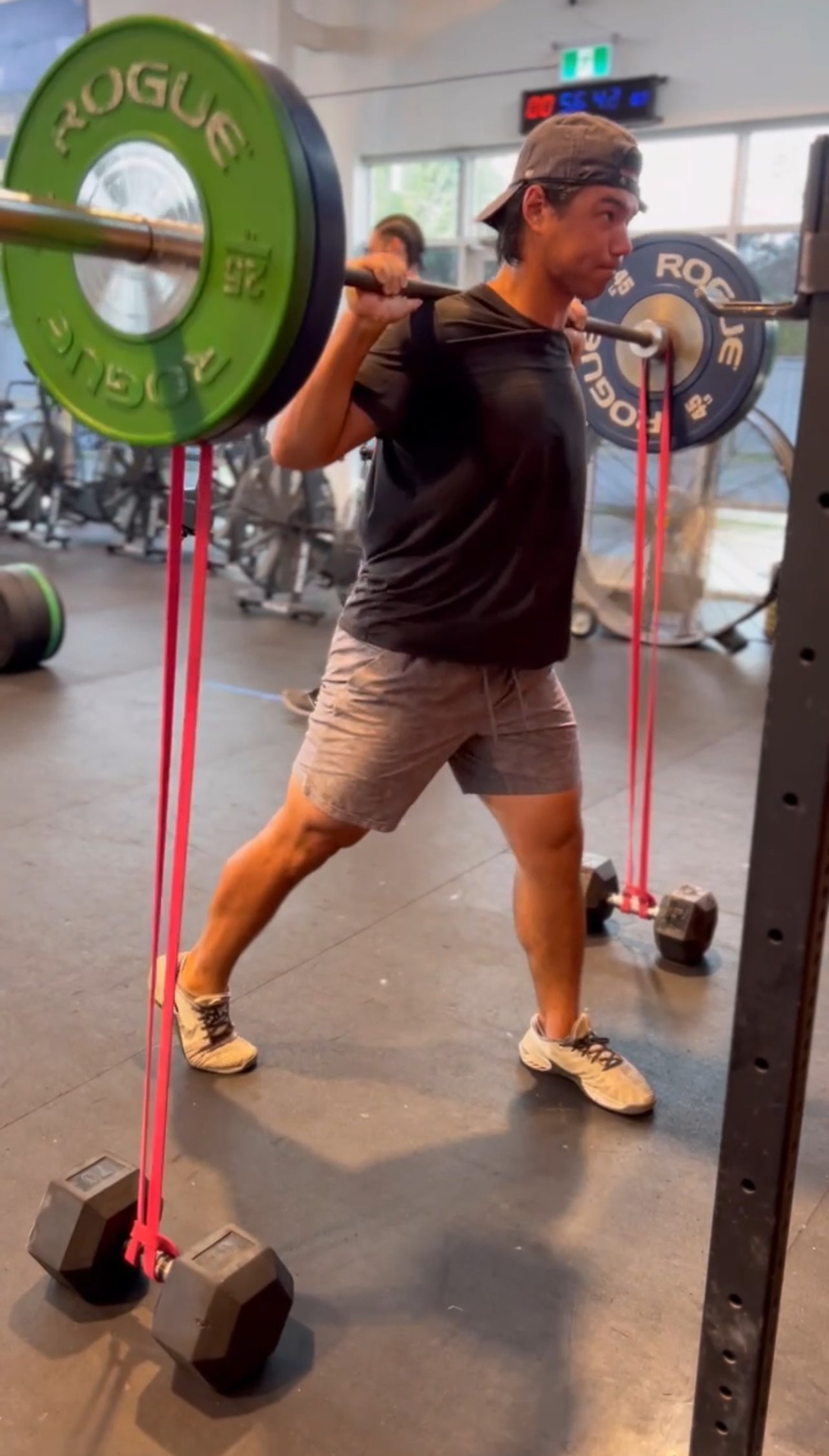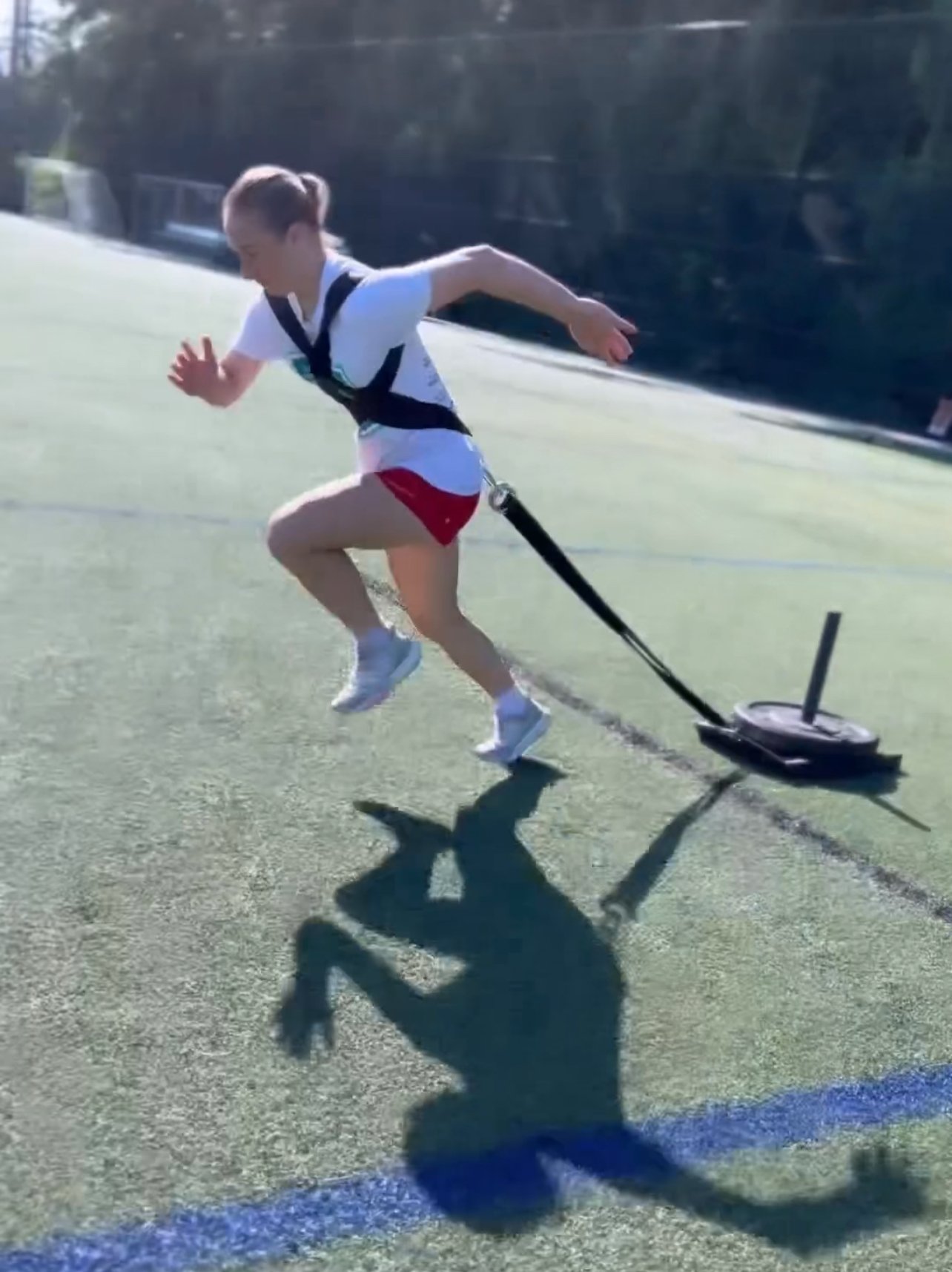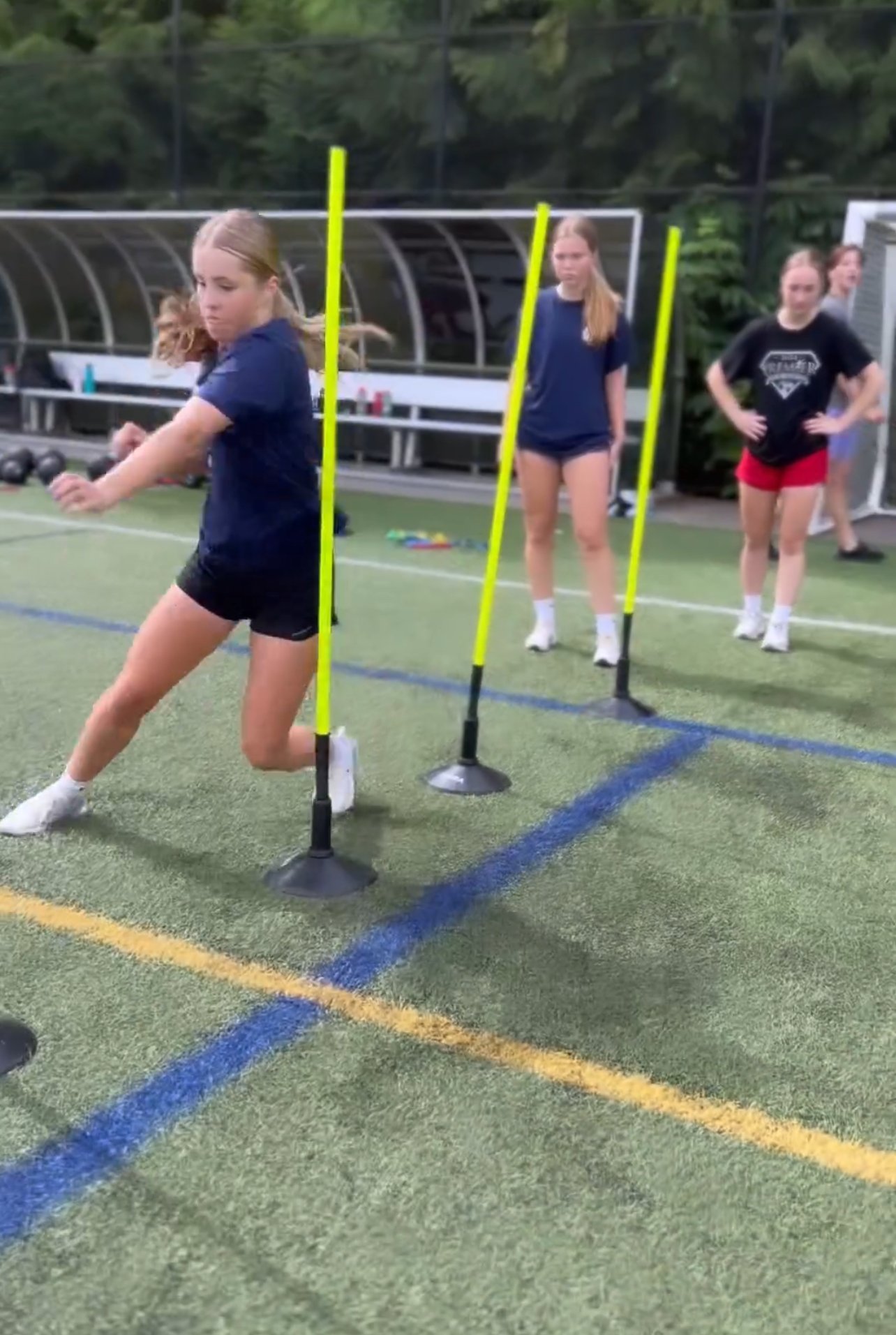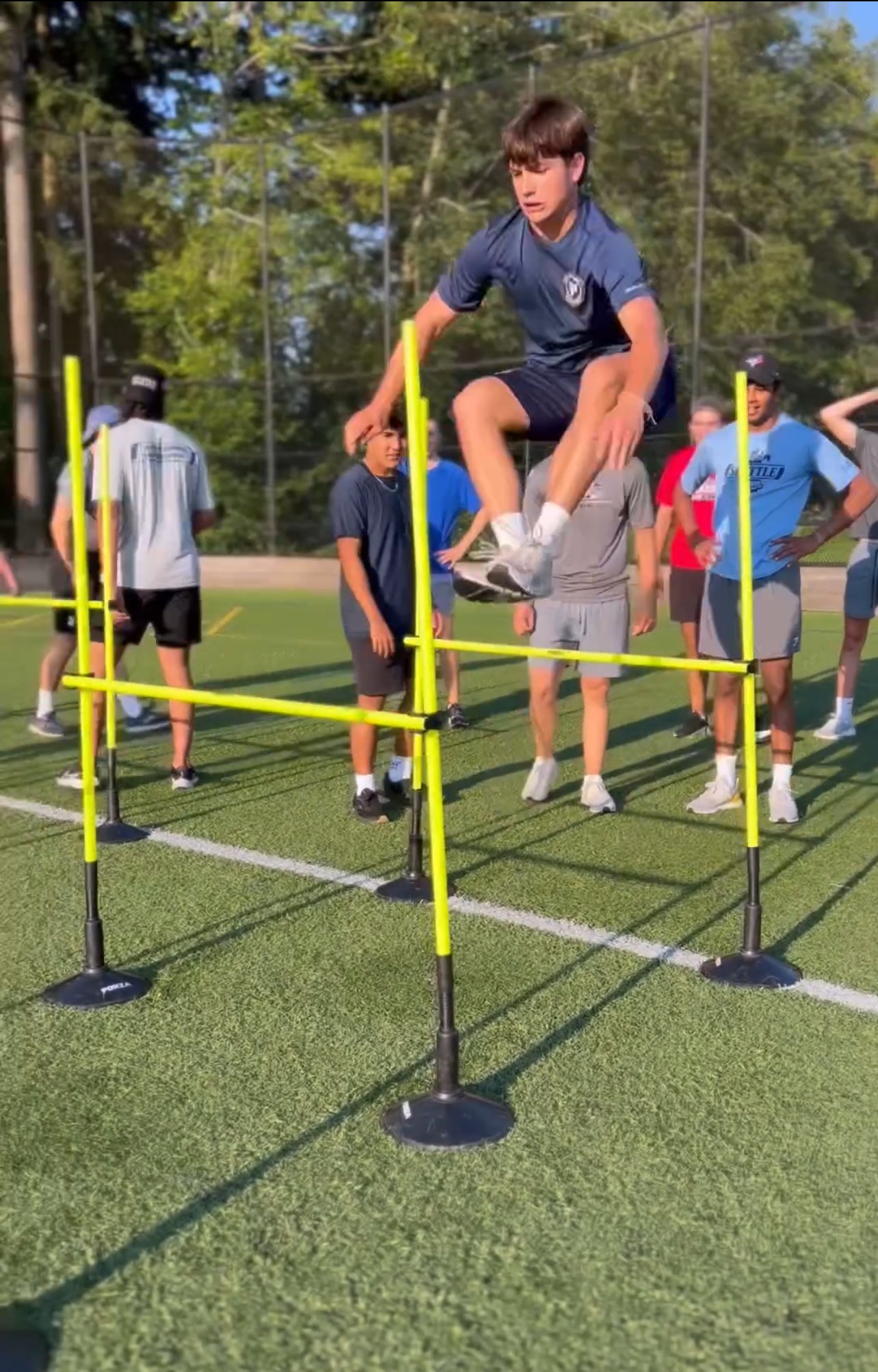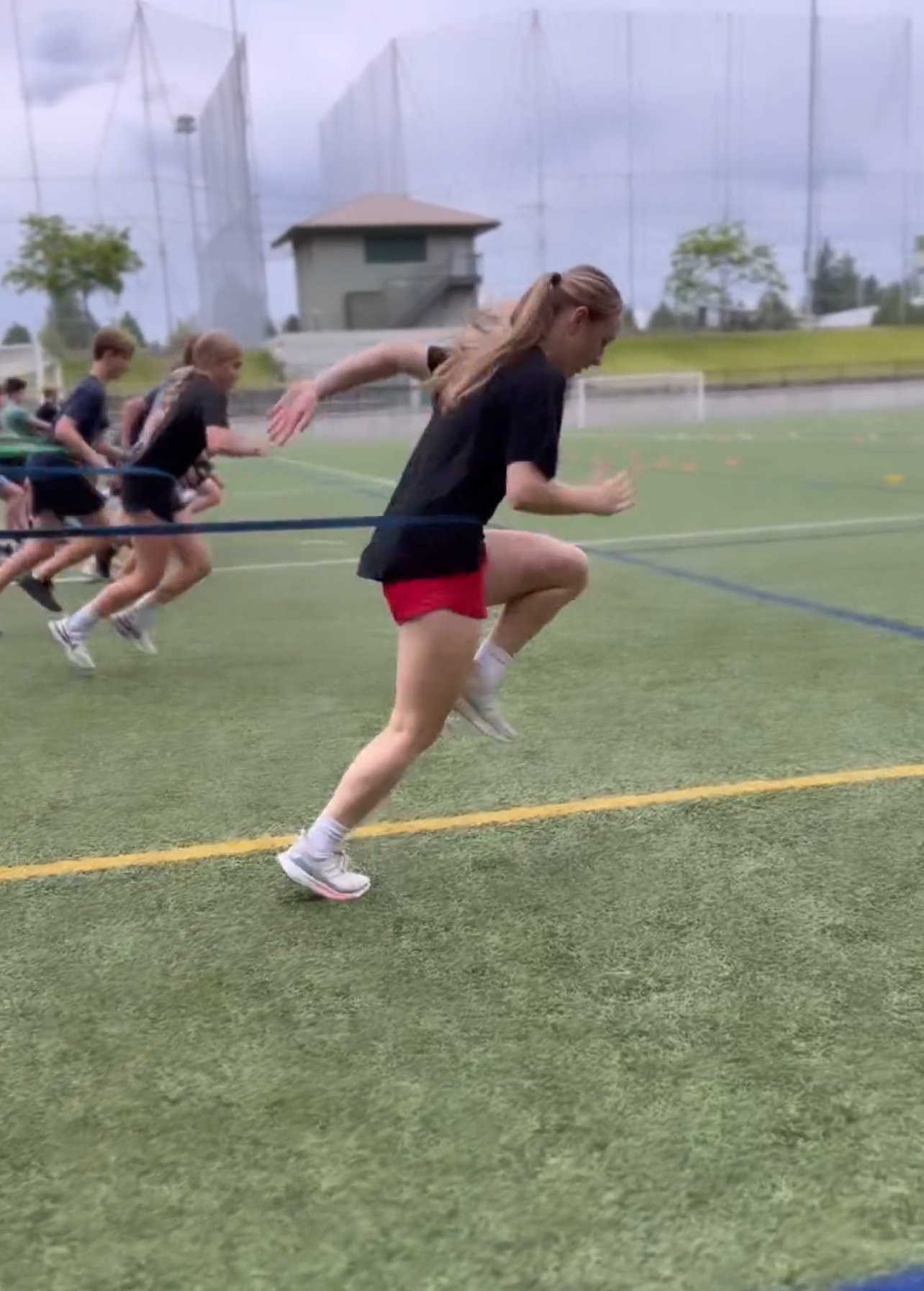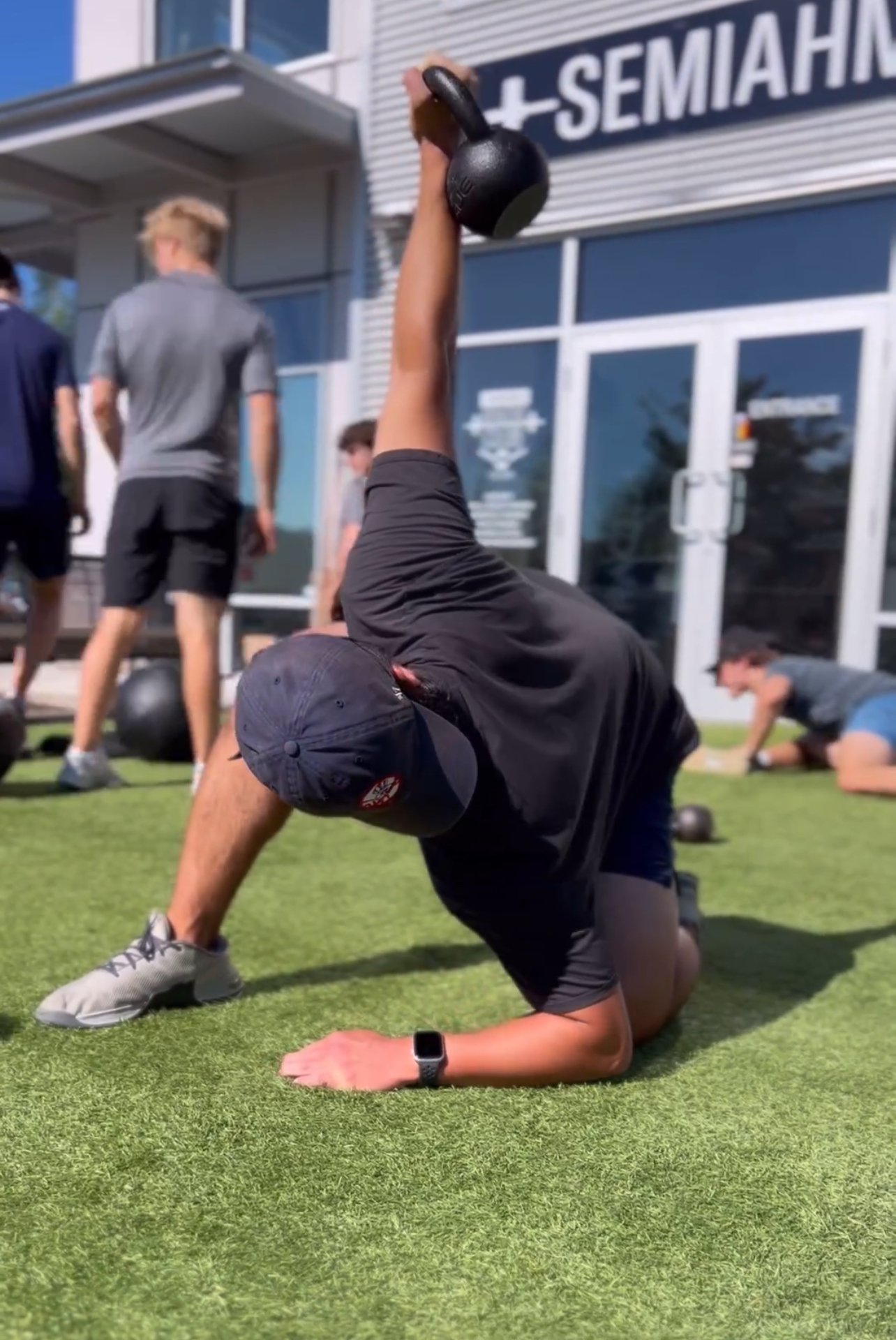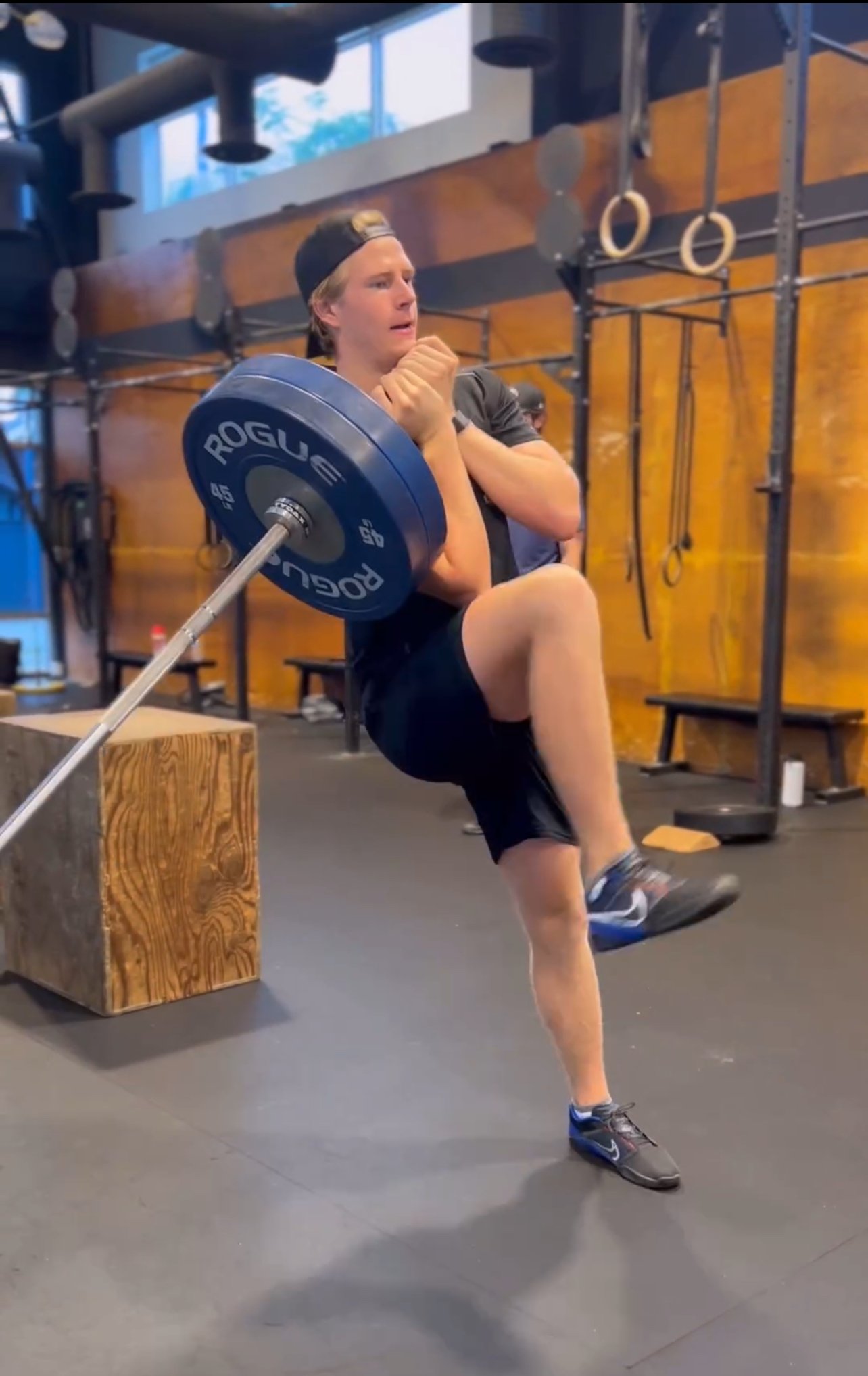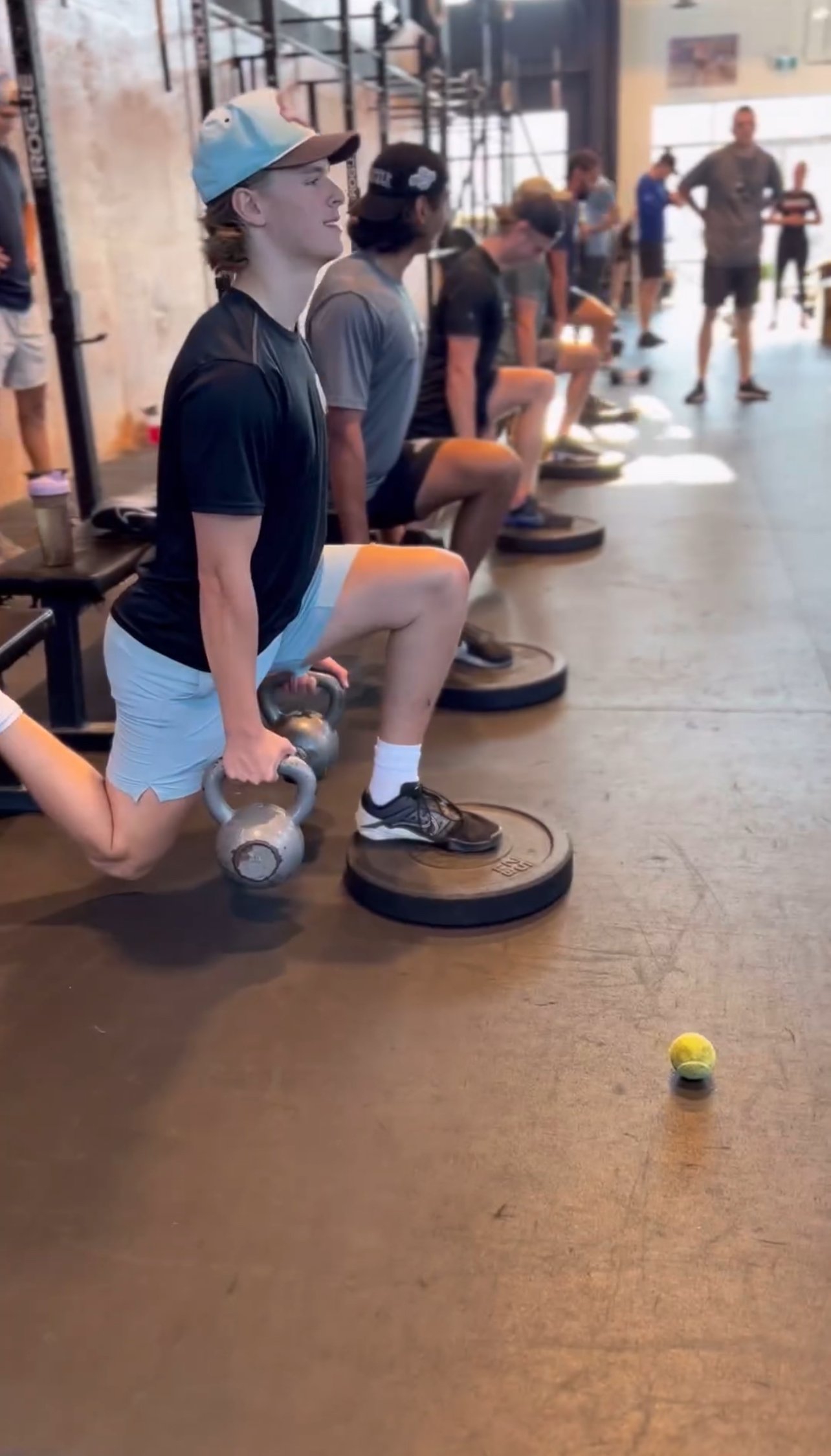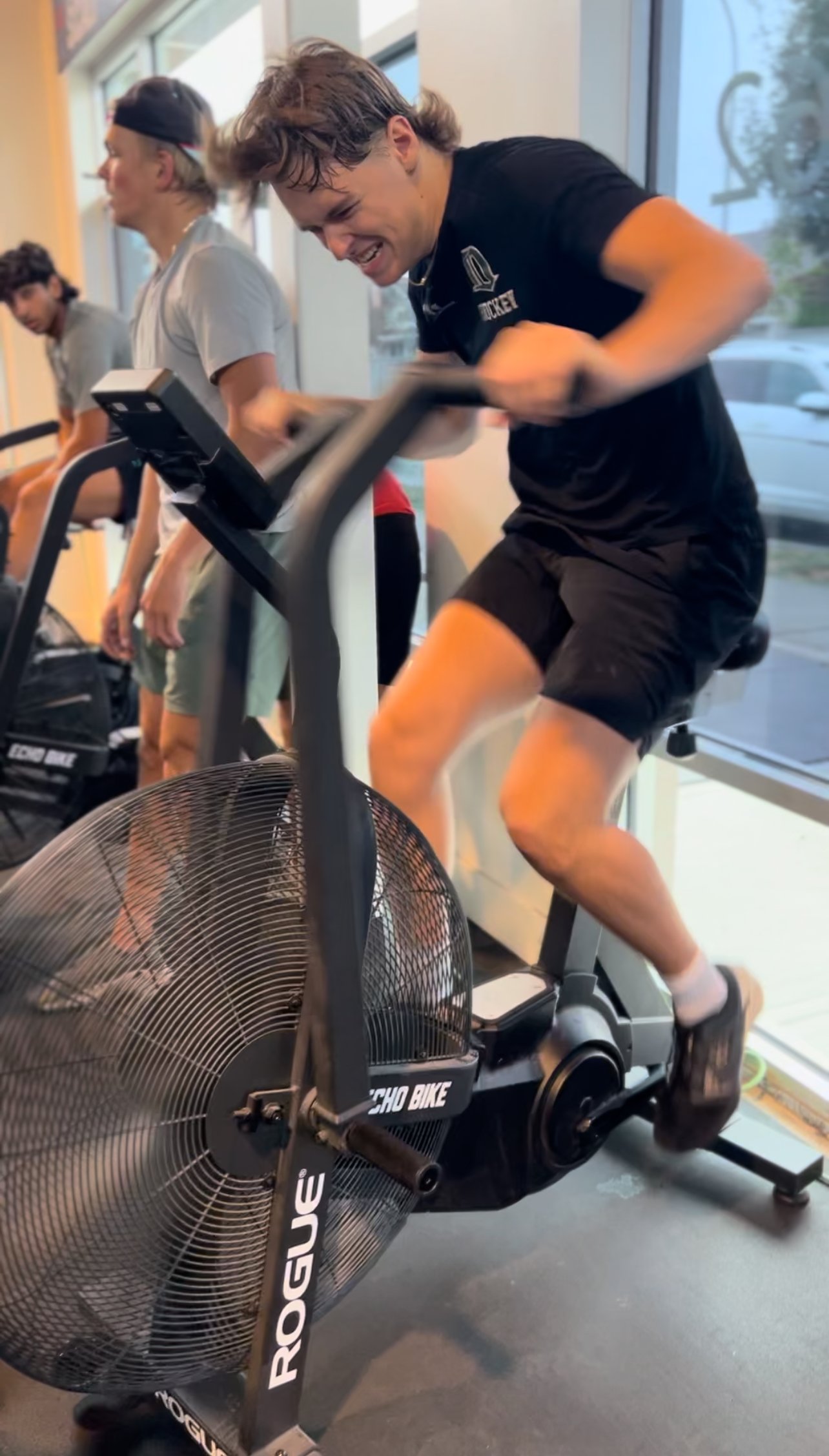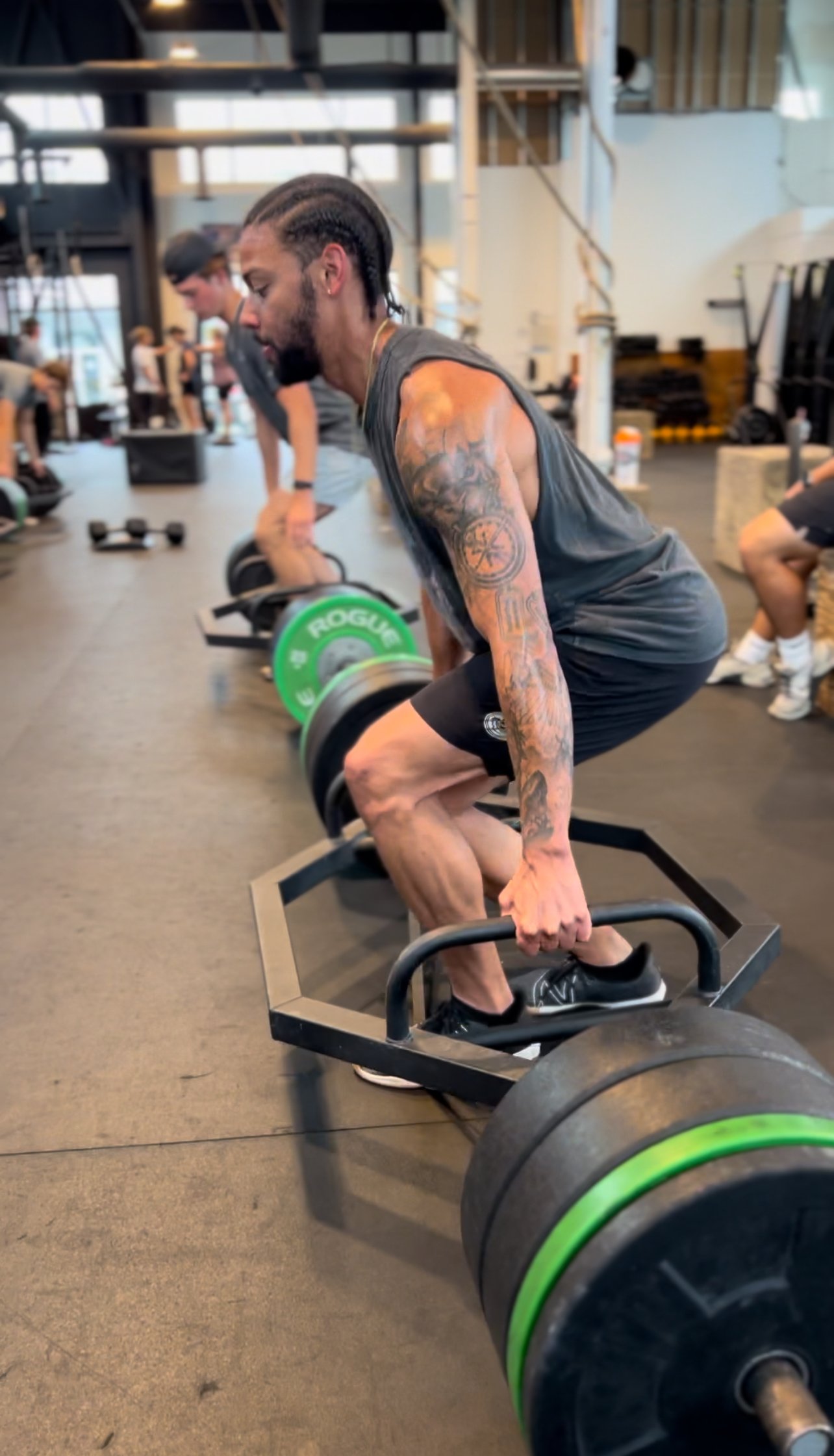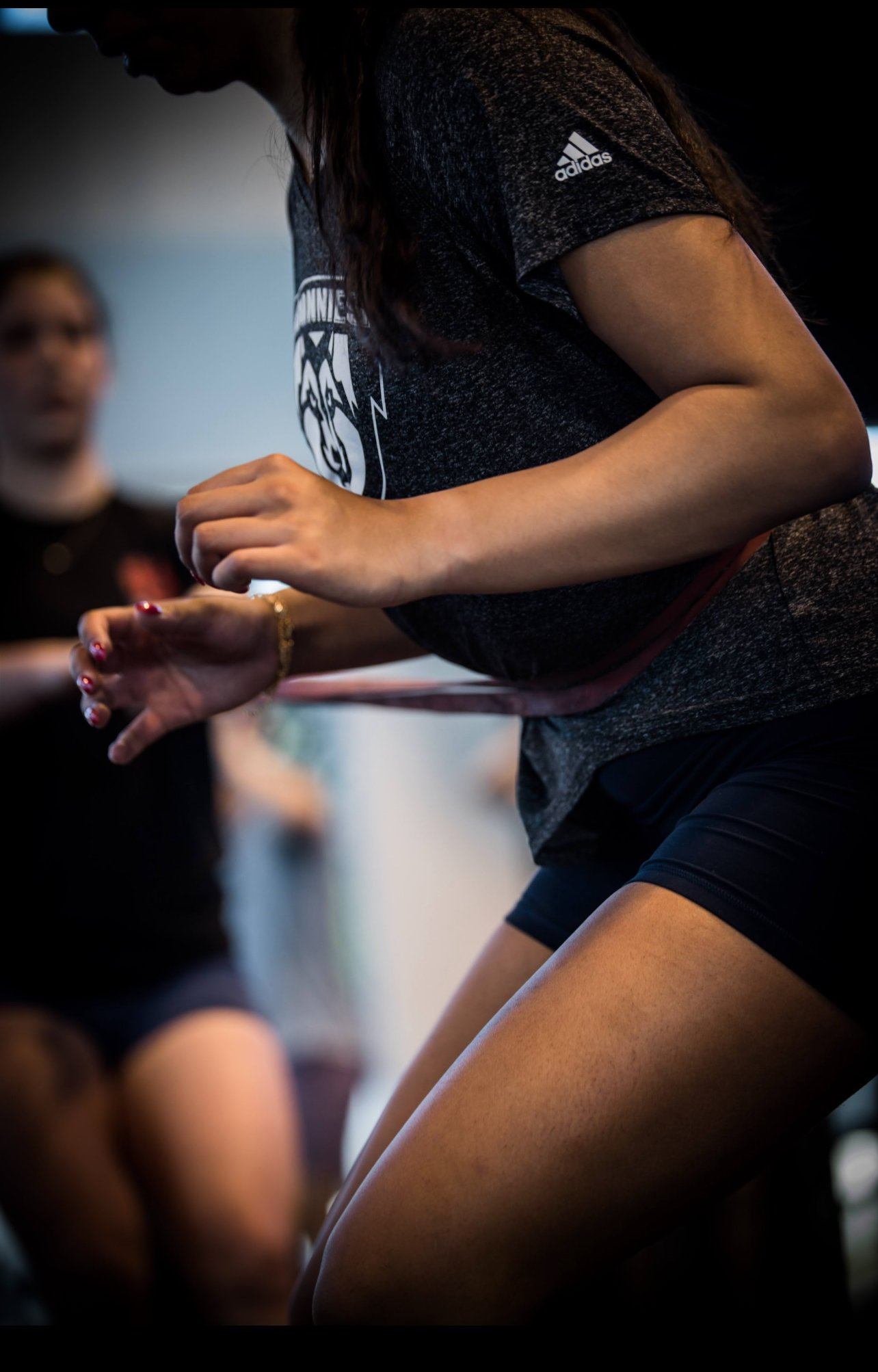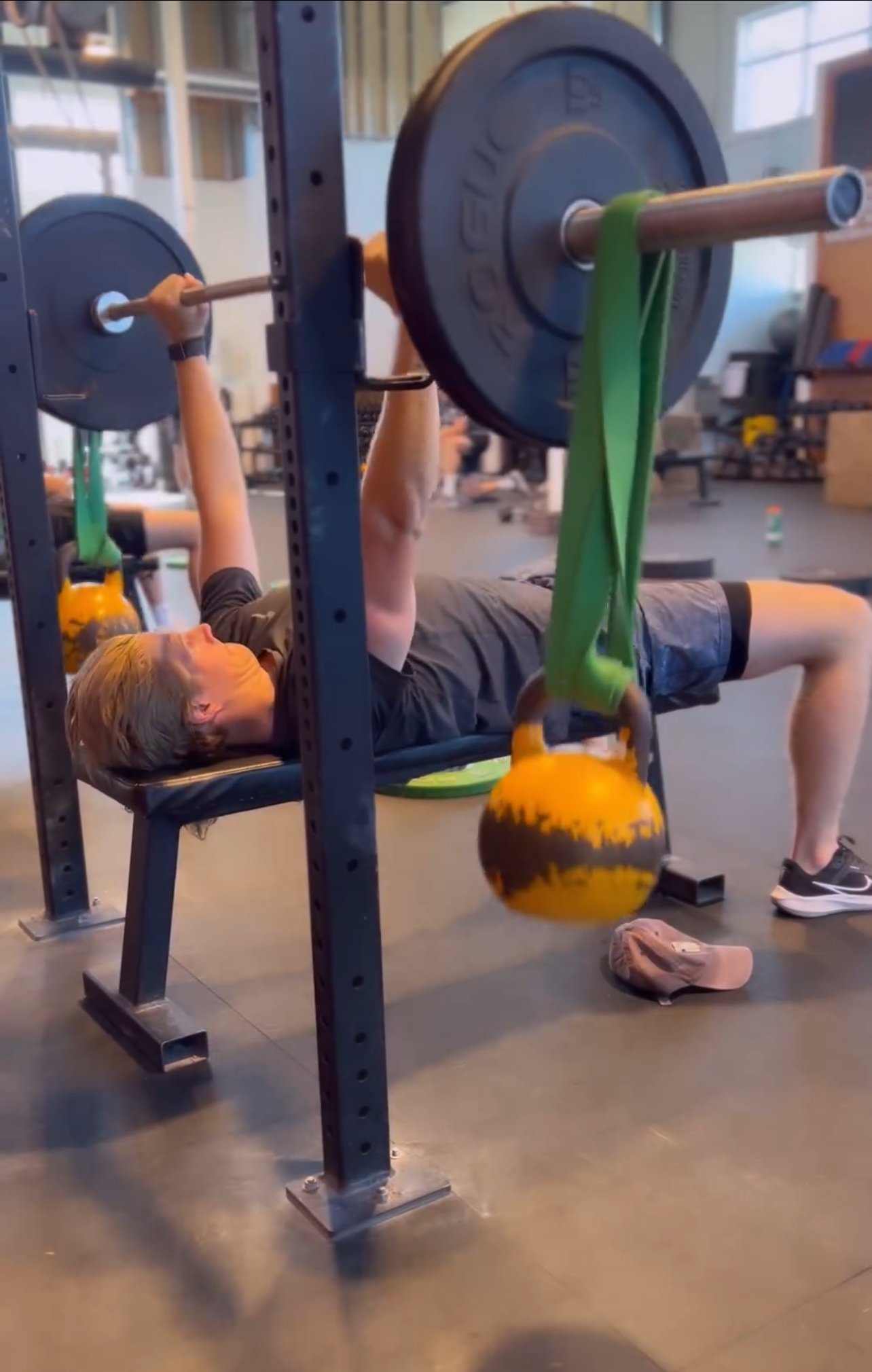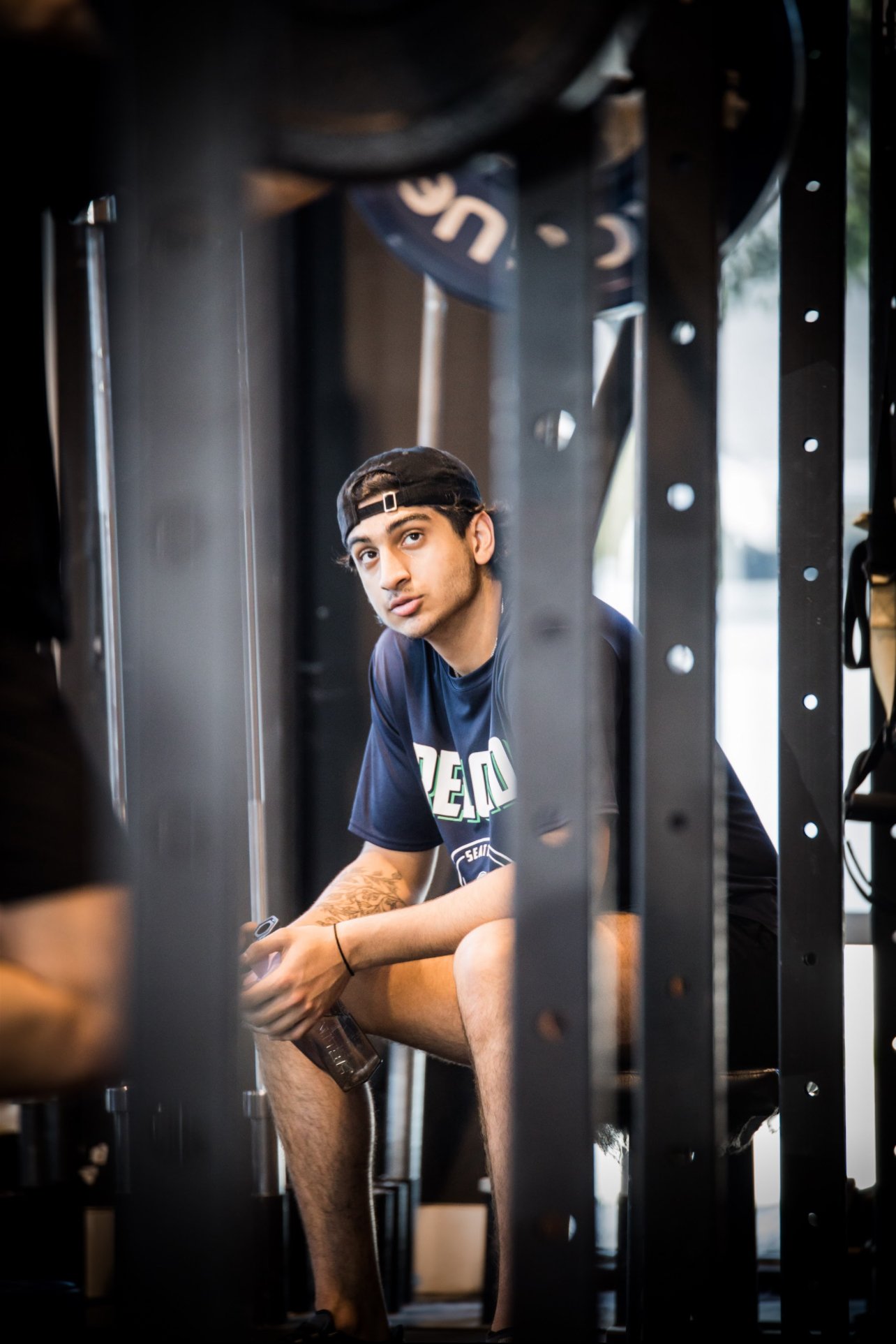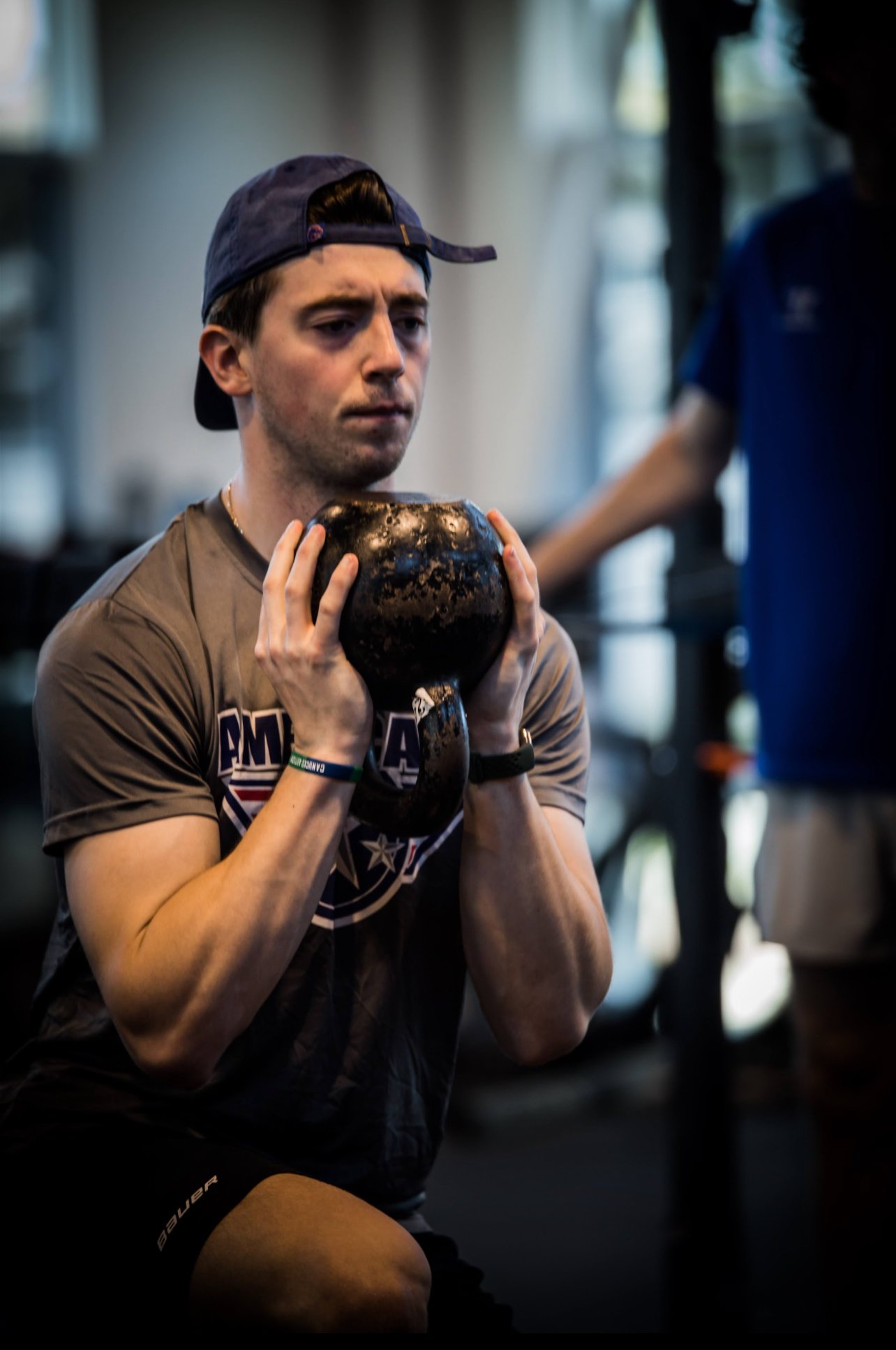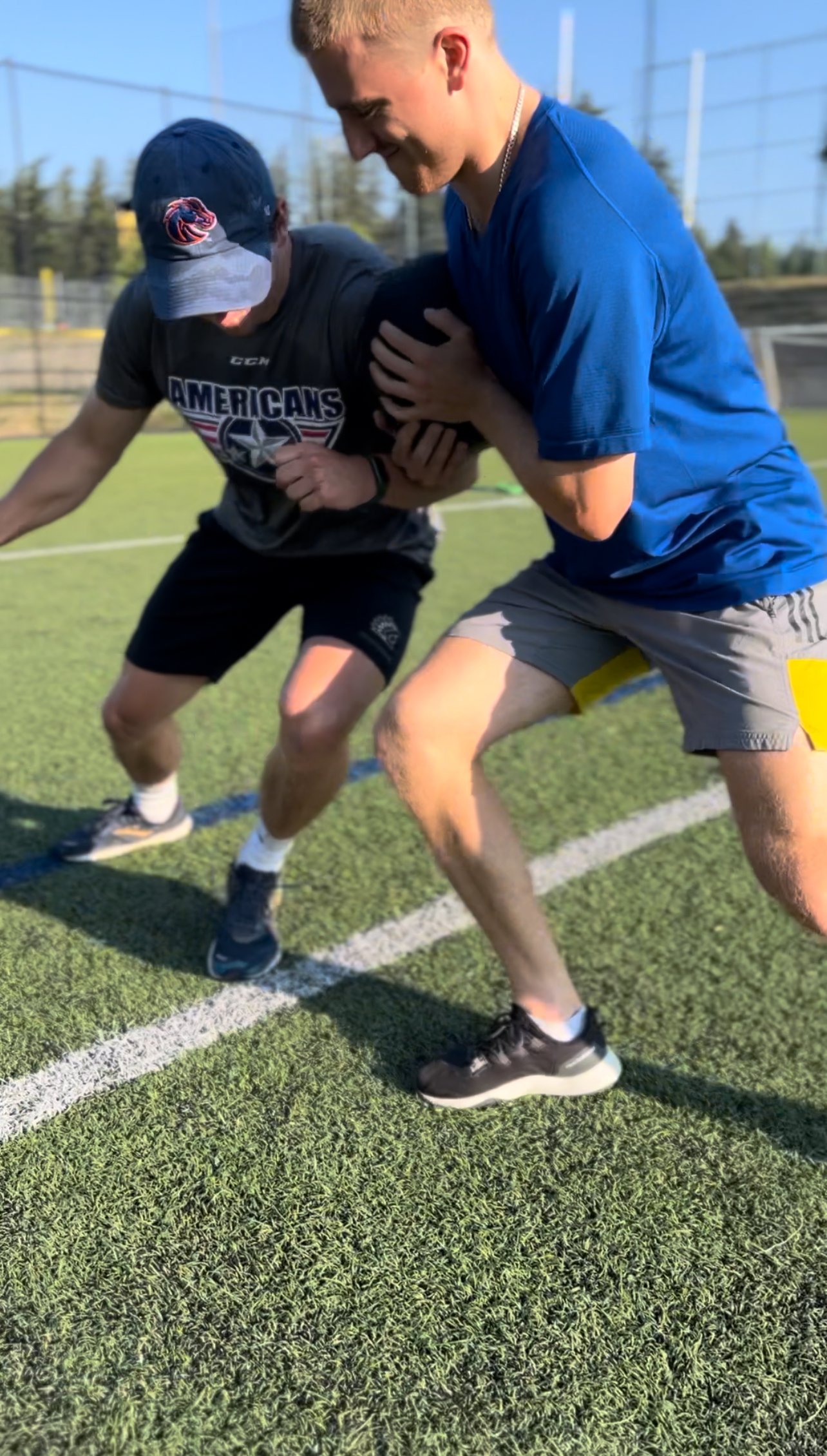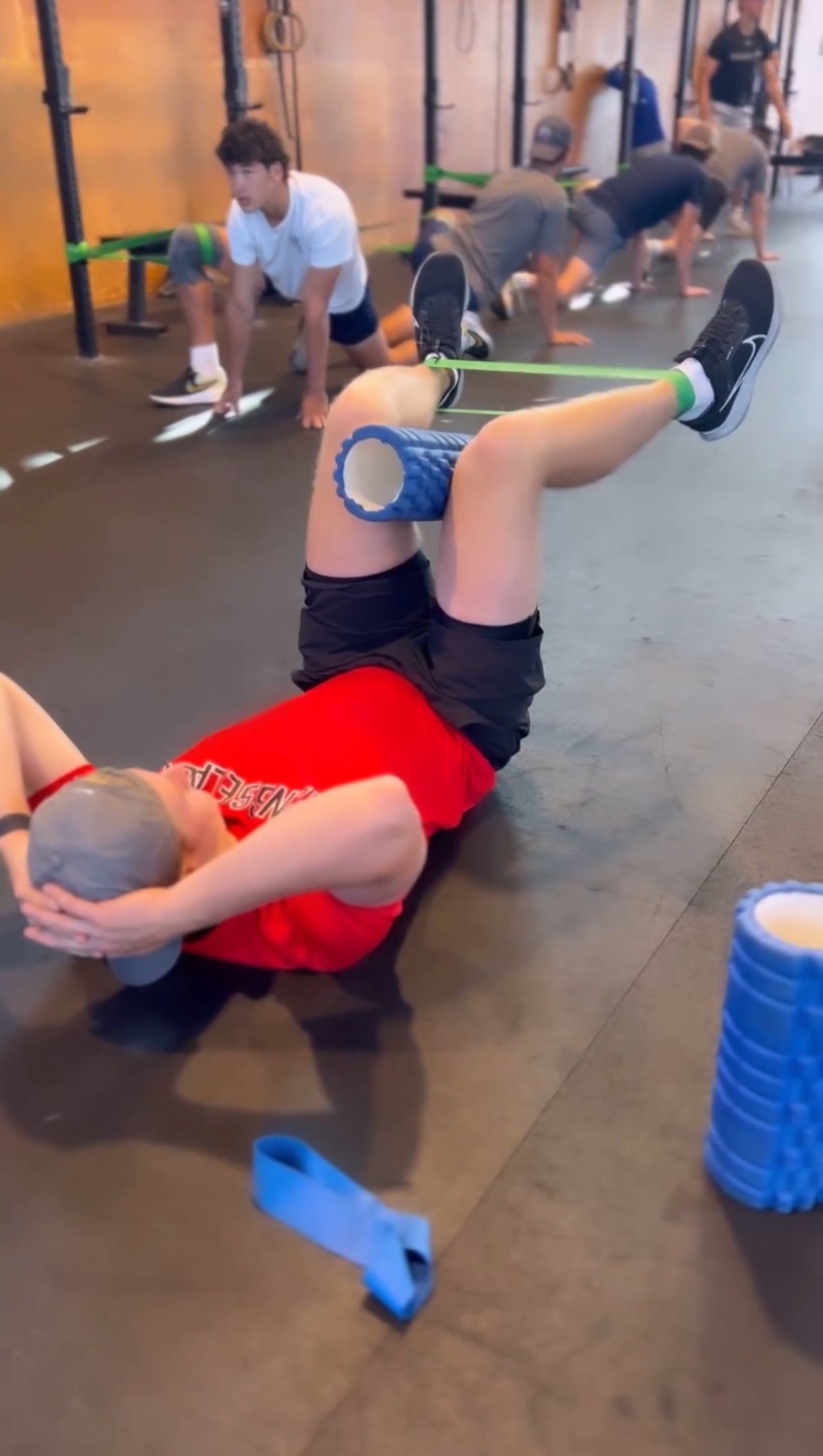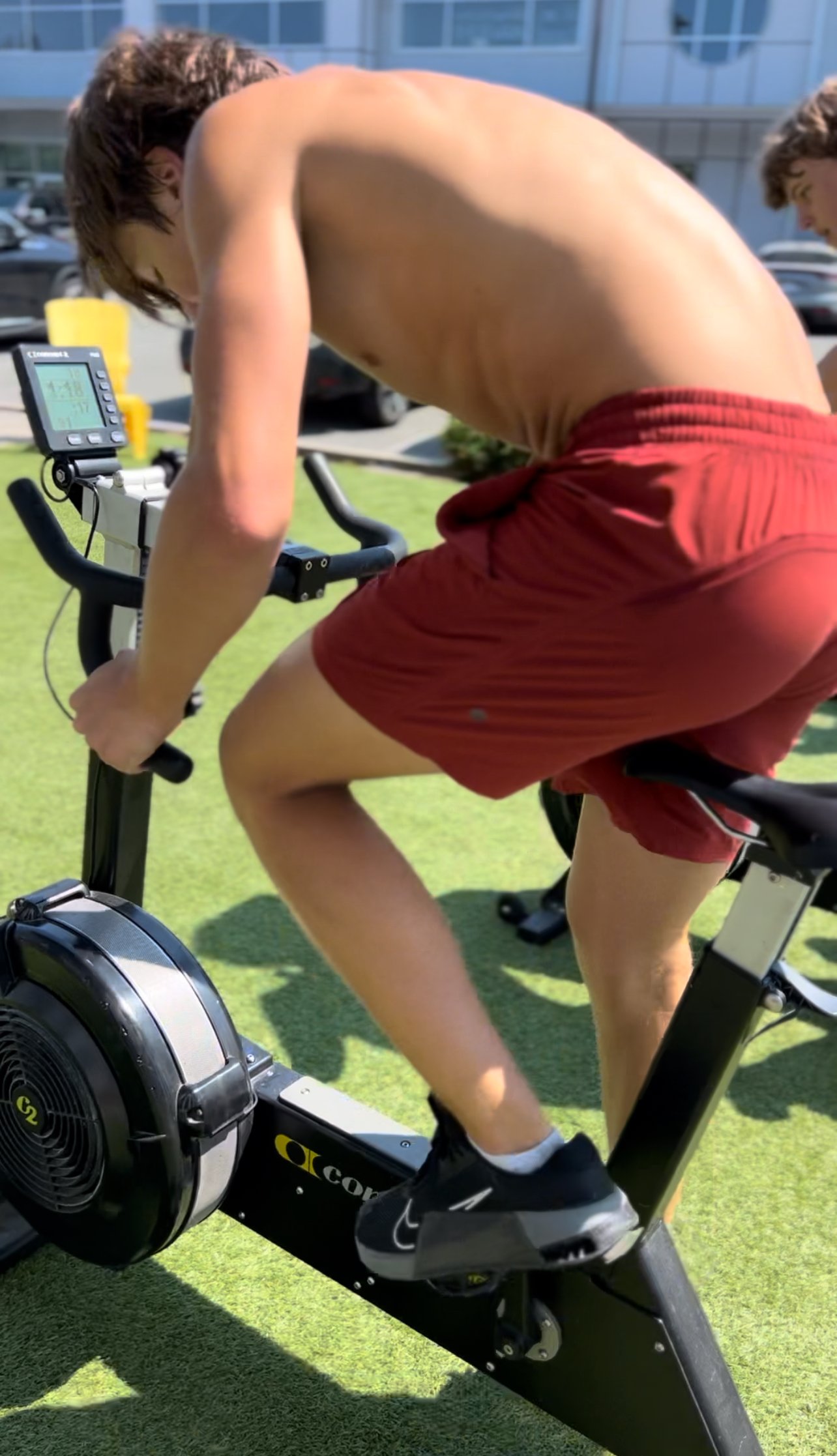In-Season development for athletes
The In-season training program is designed to sustain peak performance, optimize recovery, and minimize injury risk throughout the competitive schedule. Unlike off-season programs that emphasize maximal adaptation, the in-season phase focuses on performance preservation and neuromuscular efficiency—ensuring athletes maintain strength, power, and movement quality as training and competition loads fluctuate.
From a physiological standpoint, in-season programming targets the maintenance of neural drive, rate of force development, and tissue resilience. Strategic loading of key movement patterns (e.g., bilateral and unilateral lower-body force production, trunk stability, and upper-body power) is paired with controlled exposure to eccentric and isometric stimuli to protect against performance decline and overuse injury. Sessions are often lower in total volume but high in mechanical intent, emphasizing speed of contraction, coordination, and technical precision.
Integration of force plate profiling, velocity-based feedback, and workload monitoring allows individualized adjustment of training stress, recovery, and readiness metrics. These data guide microcycle design, ensuring that each session complements on-ice or on-field demands rather than competing with them. Recovery modalities—such as mobility circuits, soft-tissue work, and autonomic restoration strategies—are systematically layered to enhance parasympathetic activation and sustain nervous system efficiency across the season.
Ultimately, effective in-season training supports an athlete’s ability to compete consistently at high output, adapt to variable game demands, and finish the season as strong—or stronger—than they began.
